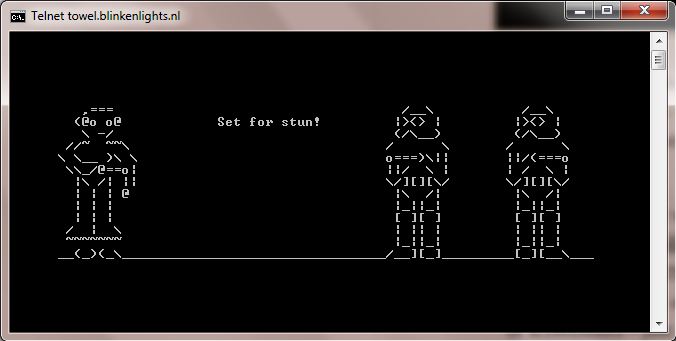Open Terminal App On Mac
Terminal User Guide
Each window in Terminal represents an instance of a shell process. The window contains a prompt that indicates you can enter a command. The prompt you see depends on your Terminal and shell preferences, but it often includes the name of the host you’re logged in to, your current working folder, your username and a prompt symbol. For example, if a user named michael is using the default zsh shell, the prompt appears as:
Delete the app preference file. Plist files can become corrupt when a Mac shuts down or restarts unexpectedly or when an app freezes or crashes. As a result, the app may not open. When you delete a bad preference file, the Mac creates a new plist file that contains all the app's defaults automatically. Double-click on Terminal to open it. Launch Terminal from Finder. First, you need to open Finder or make sure Finder is on the menu bar. 1) Click on Go Utilities option. 2) In the Utilities folder, simply double-click on Terminal. Open Terminal from Applications folder. If you are opening a Finder window, you can easily open Terminal from the. If you want to add an app's icon to your Dock to make opening the app easier, read: How to add apps to the Dock on Mac. Check the Force Quit Applications menu. Press Cmd + Alt + Escape to see the.

Download the latest version of Open Terminal for Mac - Quick access to terminal from Finder. Read 0 user reviews of Open Terminal on MacUpdate. The Terminal app will now open for you to run commands. Method 2: From Launchpad Another method to launch the Terminal app is through Launchpad, which is basically an app drawer for the macOS. Getting to the Terminal app is easy — you can navigate via your Mac’s Finder or through Spotlight. You can use it to do things like open an application, open a file (through its default app), or open a file using a specific application or the text editor. What is Terminal? Apple's Terminal app is a direct interface to OS X's bash shell — part of its UNIX underpinnings. When you open it, Terminal presents you with a white text screen, logged in with your OS X user account by default.
This indicates that the user named michael is logged in to a computer named MacBook-Pro, and the current folder is his home folder, indicated by the tilde (~).
Open Terminal
On your Mac, do one of the following:
Click the Launchpad icon in the Dock, type Terminal in the search field, then click Terminal.
In the Finder , open the /Applications/Utilities folder, then double-click Terminal.
Quit Terminal
In the Terminal app on your Mac, choose Terminal > Quit Terminal. /what-is-the-best-app-to-watch-movies-on-mac.html.
Terminal App On Mac
Quit a shell session
Open Terminal Utility Mac
In the Terminal app on your Mac, in the window running the shell process you want to quit, type
exit, then press Return.
How To Open Terminal App On Mac
This ensures that commands actively running in the shell are closed. If anything’s still in progress, a dialogue appears.
Terminal Mac Os
If you want to change the shell exit behaviour, see Change Profiles Shell preferences.